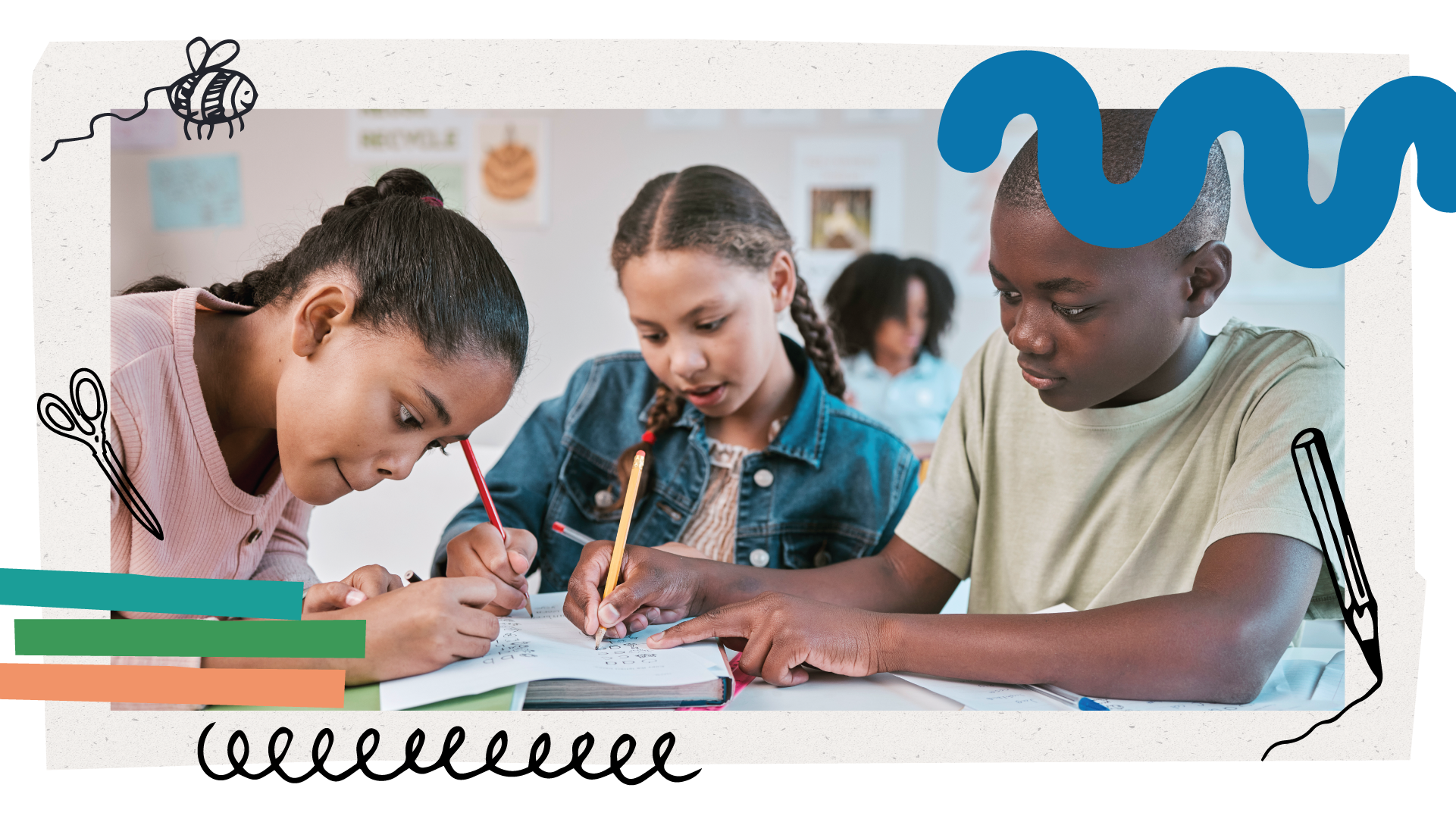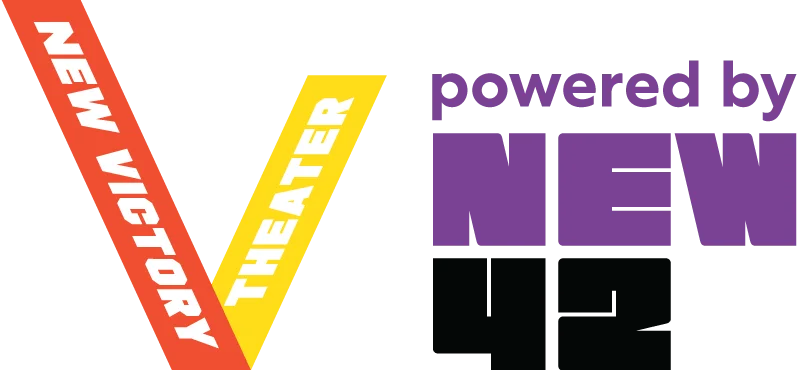Back to Resource Library Download PDF
Download PDF
A Pitch-Perfect Pitch
 Download PDF
Download PDFUse this activity to spark students’ creativity, persuasive skills and storytelling through the dynamic art of pitching a musical.
- Let students know that you’re going to put on your show business hats, come up with an original idea for a brand new musical and try to sell that idea to imaginary investors and producers! Tell students that bringing a stage production to life is a collaborative effort. The process of taking every new musical from initial idea to final product starts with crafting a compelling pitch a concise and persuasive communication—designed to ignite interest and secure the necessary resources to bring the musical to life.
- As a full group, ask students to consider a book or story they love that has yet to be adapted for screen or stage. Encourage reflection on the story’s personal impact on students and its appeal to broader audiences. Invite them to articulate why a broader audience should experience their version of this story in musical form.
- Let students know that the essential elements of an effective pitch include the hook (the thing that grabs one’s attention), a brief synopsis of your story (including details about the genre and style), compelling visuals to enhance narrative and emotional impact, and ways to highlight the relevance of the story and why audiences need to experience it. Remind them to be concise (a pitch should last approximately two to four minutes).
- Once they understand the idea, put them in small groups. Ask each group to choose one story they want to turn into a musical. Then, ask them to begin to formulate a pitch and supporting materials to help sell their big idea. Guide students through the creation of their pitches, emphasizing the importance of persuasively advocating for their new musical. Encourage them with questions like: Why is it important to tell this story in musical form? How would this story be enhanced by the addition of music? What style of music will be used to tell the story? What parts of the story would be enhanced by choreography? What would the sets and costumes look like? What would the big hit musical number be? What makes the story you want to tell relevant? How will your story contribute meaningfully to the world? Bonus: Encourage each group to come up with the title of their musical or lyrics to one of the songs to help sell their big idea!
- Facilitate a classroom sharing session where students present their musical pitches and the supporting materials they’ve collected or created, like song lyrics, a title, brief plot synopsis, etc. Allow time for constructive feedback from peers, fostering a collaborative learning environment.
- Conclude with a reflective discussion on the task of creating and offering a pitch. Encourage students to consider how this presentation format differs from traditional methods. Prompt them to contemplate the lasting impression they aim to leave on their audience by the end of their pitch.
Reflection Questions:
- What newly-pitched musical would you be excited to see? Why?
- What was most compelling about your classmates’ pitches?
- If your pitch was accepted, what next steps would you take to bring your musical to life?
Format
PDF
Art Forms
Subjects
Audiences
National Arts Standards
ConnectingCreatingPerformingResponding
Types of Content
